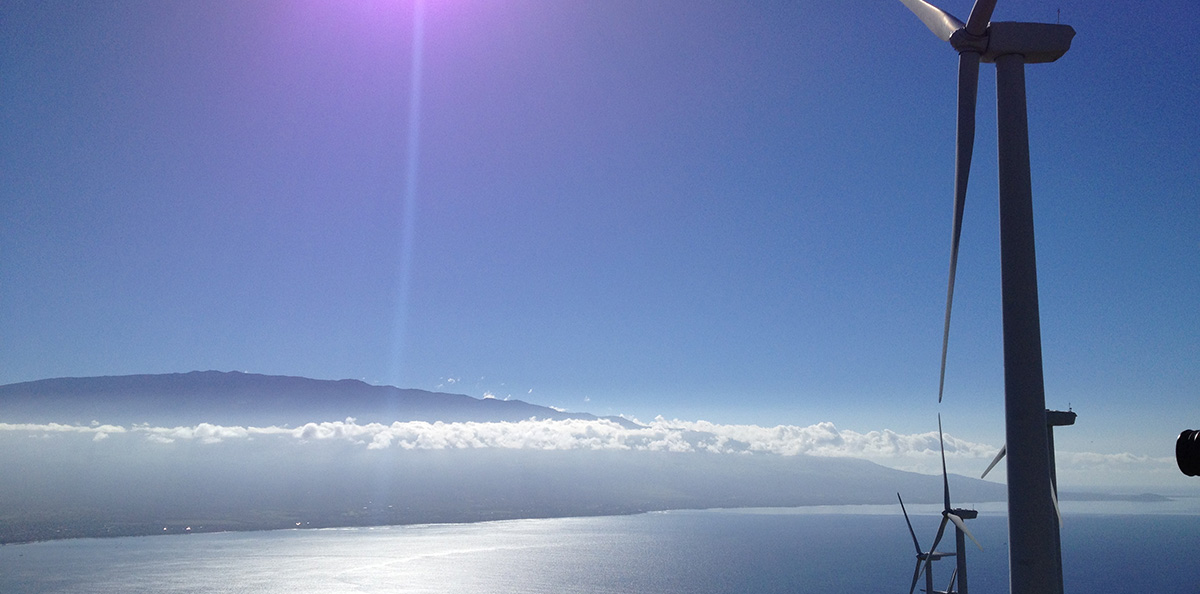NREL Studies Voltage Regulation Strategies for Hawaiian Electric Companies
NREL is helping Hawaiian Electric Companies understand how to effectively manage customer-sited energy resources by validating several voltage regulation strategies.

Emerging technologies such as solar PV systems, advanced PV inverters, battery storage, electric vehicles, and controllable loads all have an impact on voltage profiles. From the utility’s perspective, it is yet unclear how to effectively manage these customer-sited resources. To help Hawaiian Electric Companies understand how to manage voltage from the steep growth in distributed technologies, NREL is modeling, simulating, and then verifying the efficacy of various operating strategies. First, NREL has modeled two Oahu island distribution feeders and conducted time series simulations of up to six operating strategies of advanced inverter modes on the feeders. On top of the advanced inverters, NREL will also incorporate battery storage, electric vehicles, and electric water heater control to understand their potential in supporting voltage locally.
Meanwhile, NREL has also completed a pilot inverter control study, in which data from advanced inverters with voltage support functions activated has been collected for use and study at the Energy Systems Integration Facility. Part of this pilot project included controlling the inverter grid support settings remotely from the facility. That field-collected data will then be integrated into the existing feeder models and used to validate those models. Analysis of other distributed technologies’ impact on voltage regulation, such as battery storage, water heater control, and electric vehicles, will be done individually.
Hawaiian Electric Companies and other utilities will be able to use this information to design demand response programs, tariffs, or incentives to implement the control strategy of choice.
Share
Last Updated March 25, 2025
